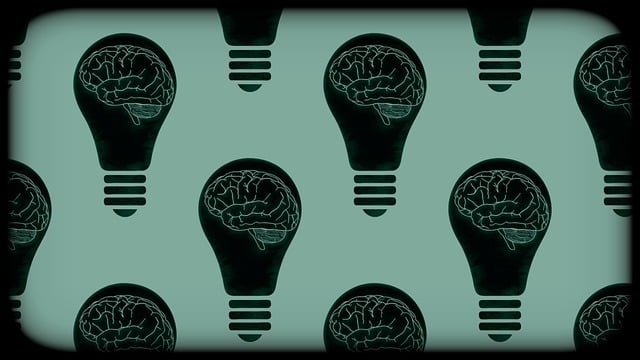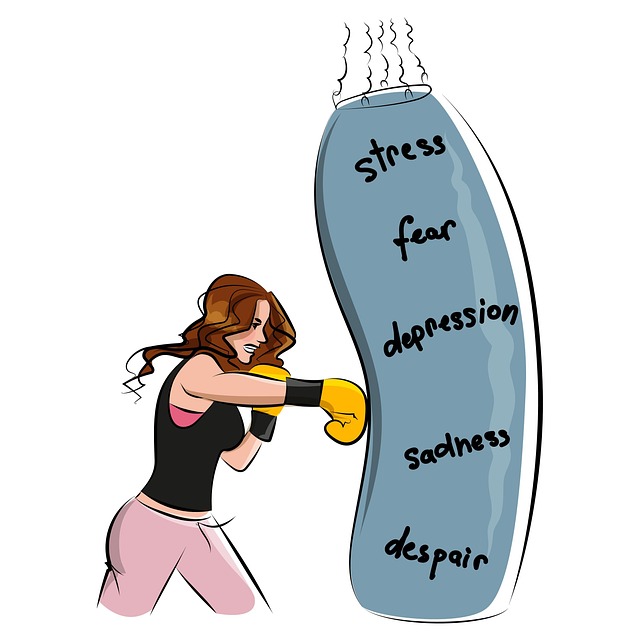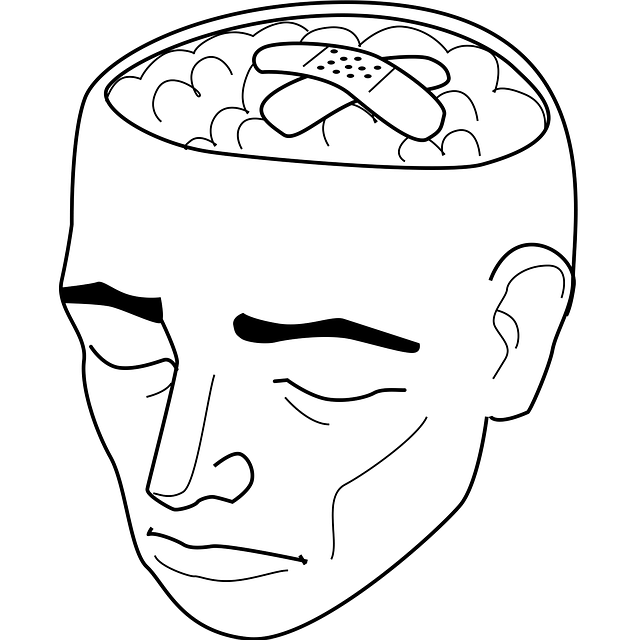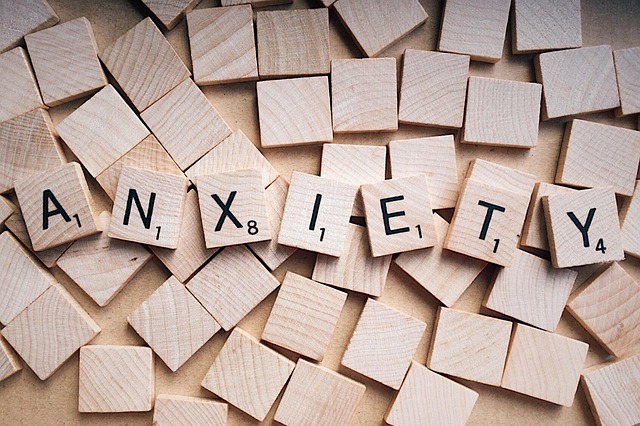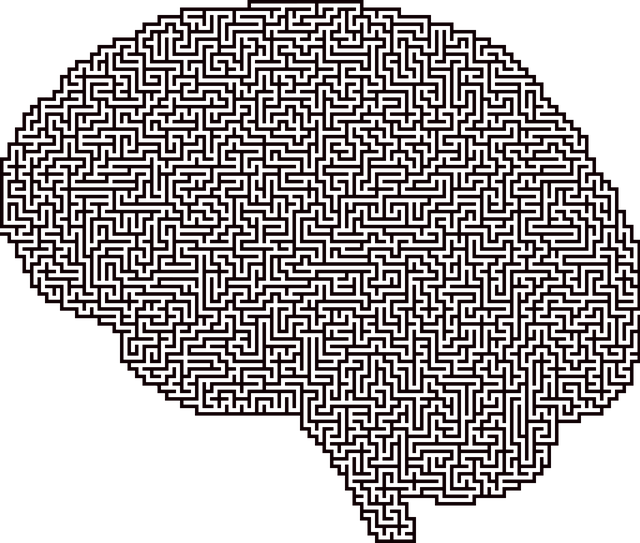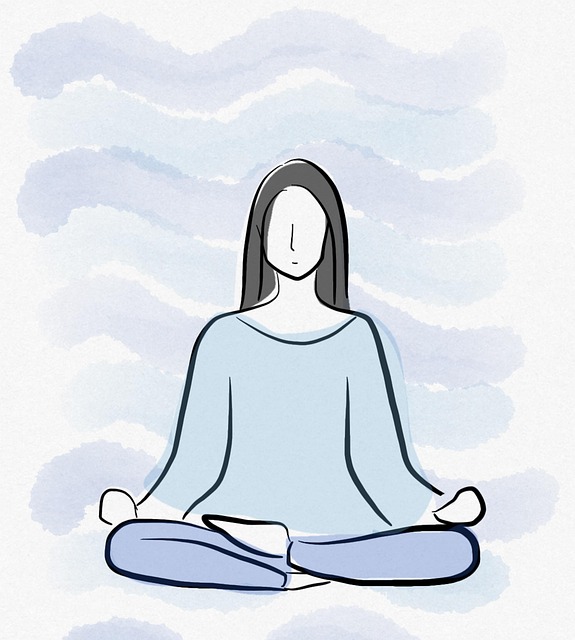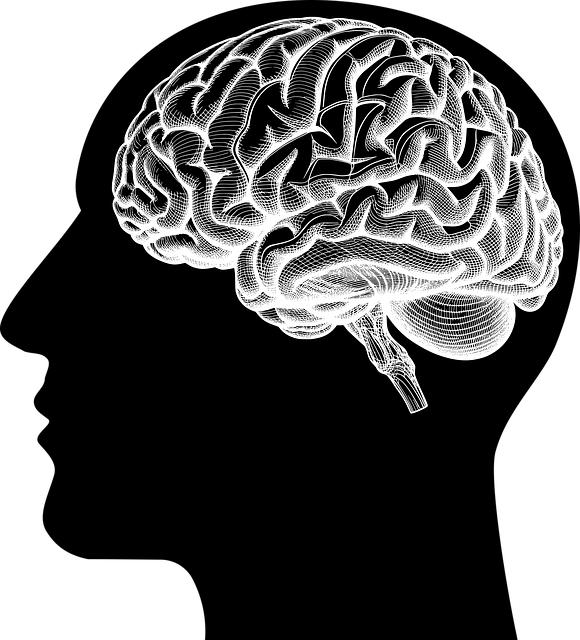Adjustment Disorder is a common mental health challenge among teenages caused by significant life changes, leading to anxiety, depression, and anger issues impacting daily life. Early intervention through tailored therapy is crucial with culturally competent healthcare providers. The RFM model (Resources, Strengths, Motivation) offers structured resilience building exercises for teens with adjustment disorders, enhancing self-efficacy. Additionally, mindfulness practices, physical activity, outdoor experiences, and podcast series production provide holistic support for teen mental health.
“Resilience is key to overcoming challenges, especially for adolescent teens dealing with adjustment disorder. This article explores RFM (Resources, Strengths, and Motivation) as a powerful framework to build resilience in this demographic. We delve into the understanding of adjustment disorder in teens, its impact, and how RFM can be applied through practical exercises. By empowering teens with resources, leveraging their strengths, and igniting motivation, therapy for adolescent teens with adjustment disorder becomes more effective. Discover actionable strategies to enhance teen resilience.”
- Understanding Adjustment Disorder in Adolescent Teens
- RFM (Resources, Strengths, and Motivation) as a Framework for Resilience Building
- Practical Exercises to Enhance Teen Resilience
Understanding Adjustment Disorder in Adolescent Teens

Adjustment Disorder is a common mental health challenge faced by many adolescent teens, often resulting from significant life changes or stressful events. This disorder manifests as a difficulty in coping with transitions and can lead to feelings of anxiety, depression, and even anger. Teenagers going through this phase might struggle with academic performance, social interactions, and maintaining healthy relationships.
Early intervention is key when addressing Adjustment Disorder. Therapy for adolescent teens plays a pivotal role in helping them navigate their emotions and develop resilience. Mental health education programs designed to suit their age group can equip teens with the tools to understand and manage their mental well-being. Healthcare provider cultural competency training ensures that professionals are attuned to the unique needs of adolescents, fostering environments of trust and empathy building strategies that promote healing and growth.
RFM (Resources, Strengths, and Motivation) as a Framework for Resilience Building

Resilience building exercises are essential tools for fostering adaptability and coping mechanisms, especially among adolescent teens dealing with adjustment disorders. One effective framework to achieve this is the RFM model – Resources, Strengths, and Motivation. This approach helps individuals identify and leverage their available resources, such as supportive networks or past achievements, to strengthen their inherent strengths. By recognizing and utilizing these internal and external assets, teens can develop a profound sense of self-efficacy.
The RFM framework guides therapeutic interventions for adolescent teens with adjustment disorders, offering a structured path towards resilience. Through exercises that promote reflection on resources, teens learn to recognize and utilize their strengths in the face of challenges. Moreover, fostering motivation involves setting achievable goals and employing confidence-boosting strategies, alongside effective stress reduction methods and conflict resolution techniques. This holistic approach empowers teens to navigate life’s difficulties with enhanced resilience.
Practical Exercises to Enhance Teen Resilience

Building resilience is a crucial aspect of fostering mental wellness in teenage years, especially for those dealing with adjustment disorders. Practical exercises can empower adolescents to navigate challenges and develop coping mechanisms that serve them well into adulthood. One effective approach is incorporating mindfulness practices such as meditation and deep breathing exercises into their daily routines. These techniques teach teens to recognize and regulate their emotions, reducing the impact of stress and anxiety.
Additionally, encouraging physical activity and outdoor experiences can significantly boost resilience. Activities like hiking, yoga, or team sports promote a healthy balance between mind and body, offering an outlet for emotional expression and a sense of accomplishment. In today’s digital era, it’s also beneficial to introduce mental wellness podcast series production as a creative outlet for teens to process their feelings and connect with peers who share similar experiences, fostering a supportive community that aids in depression prevention and burnout prevention.
Resilience is a vital tool for adolescents navigating the challenges of adjustment disorder. By utilizing the RFM framework, which focuses on resources, strengths, and motivation, teens can build mental fortitude to overcome adversity. The practical exercises outlined in this article provide a roadmap for fostering resilience, empowering young individuals to thrive despite life’s hurdles. Incorporating these strategies into therapy for adolescent teens with adjustment disorder can significantly enhance their coping mechanisms and overall well-being.


